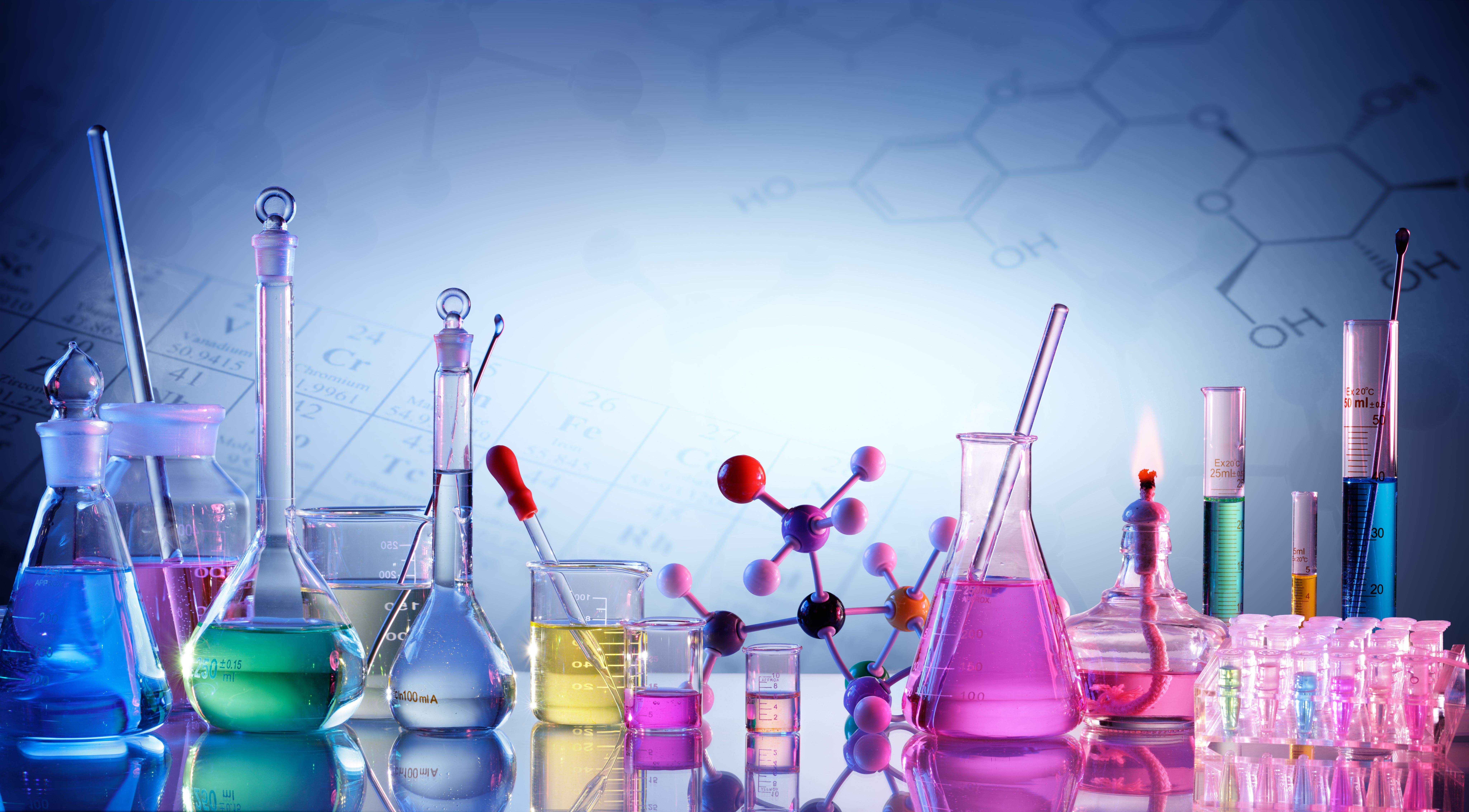Article Highlights
- Analytical chemistry, despite its crucial role in various scientific disciplines, often goes unrecognized both in the scientific community and the public sphere.
- Originating from the work of Izaak Maurits Kolthoff, analytical chemistry has evolved into a multidisciplinary field, integrating into industries like drug discovery and environmental analysis.
- The authors call for greater advocacy and visibility to demonstrate the importance of analytical chemistry in various industries.
- Innovative techniques like tandem mass spectrometry and hyphenated techniques have advanced analytical chemistry, but funding agencies typically prioritize projects over method development and validation, posing a significant challenge.
Analytical chemistry has applications in a variety of different fields—from food analysis to pharmaceuticals and beyond. But in the amongst the public and some parts of the scientific community, analytical chemists often go unrecognized for their contributions to modern science.
In a recent article published in Analytical and Bioanalytical Chemistry, authors Erwin Rosenberg of Vienna University of Technology and Rudolf Krska of the University of Natural Resources and Life Sciences, Vienna (BOKU) examine the role that analytical chemistry has played in specific scientific disciplines (1). Their review concentrated on three industries in particular: life sciences, material sciences, and environmental science (1).
To understand the importance of analytical chemistry in the abovementioned fields, it is first important to take a step back and review the origins of the science. Izaak Maurits Kolthoff (1894–1993) is known as the father of analytical chemistry, because his research changed how scientists identified and separated chemical substances (2). Since the development of modern analytical chemistry (3), the field has expanded significantly, integrating into various industries such as the life sciences, drug discovery, and environmental analysis (1).
In their report, Rosenberg and Krska discussed how analytical chemistry was shaped in German-speaking countries, describing how German scientist Carl Remigius Fresenius viewed analytical chemistry as an “enabling science,” as opposed as a tool for other chemical applications (1). However, the reality that emerged was that analytical chemistry was not its own discipline; instead, it was a segment of biochemistry (1). The researchers argue that analytical chemistry is not only its own discipline, but the science has not received enough recognition for its contributions to the broader scientific community.
Looking to the Future
Various techniques, including tandem mass spectrometry (MS) methods and ‘omics technologies, have offered new, innovative ways to answer interdisciplinary questions—bringing analytical chemistry to the forefront (4). Hyphenated techniques, in particular, unlocked new avenues for conducting research on large sample sizes and providing more data than other analysis methods. The researchers referenced ultrahigh-pressure liquid chromatography coupled with high-resolution time-of-flight mass spectrometry (UHPLC/TOF–MS) as an example (1).
Despite these efforts, however, the science is still underappreciated in the scientific community and public sphere, the authors wrote (1). There is a lack of understanding from other scientific disciplines regarding the complexity and importance of analytical chemistry, the scientists wrote (1). The perception of analytical chemists' work as routine and the shift toward centralized service units threaten the field's recognition and funding for research institutes (1).
Funding also remains a significant challenge. Funding agencies normally focus on exciting, innovative projects over the development and validation of analytical methods, the scientists wrote (1). Rosenberg and Krska also emphasized the need for analytical chemists to become greater advocates for the work that they do. Greater visibility of the role analytical chemistry plays in providing reliable data for decision-making across various fields is one way, the authors suggest, could begin to solve this issue (1).
References
(1) Rosenberg, E.; Krska, R. Analytical chemistry in Front of the Curtain! Anal. Bioanal. Chem. 2024, 416, 1787–1795. https://link.springer.com/article/10.1007/s00216-024-05128-9
(2) American Chemical Society National Historic Chemical Landmarks, Izaak Maurits Kolthoff and Modern Analytical Chemistry. Available at: https://www.acs.org/education/whatischemistry/landmarks/kolthoff-analytical-chemistry.html#:~:text=Society%20in%202014.-,Origins%20of%20Analytical%20Chemistry,system%20of%20analysis%20to%20chemistry. (accessed 03-08-2024).
(3) Ostwald, W. The Scientific Foundations of Analytical Chemistry, Treated in an Elementary Manner (translated by McGowan, G.), 2nd edition, Macmillan, London/New York. 1900. Available at: https://archive.org/details/foundationsscien00ostwrich/mode/2up. (Accessed 04-08-2023).
(4) Paull, B. Analytical Science – A Complex and Diverse Union. Anal. Methods 2012, 4, 19–20. https://doi.org/10.1039/c1ay90050a.

.png&w=3840&q=75)

.png&w=3840&q=75)



.png&w=3840&q=75)



.png&w=3840&q=75)
